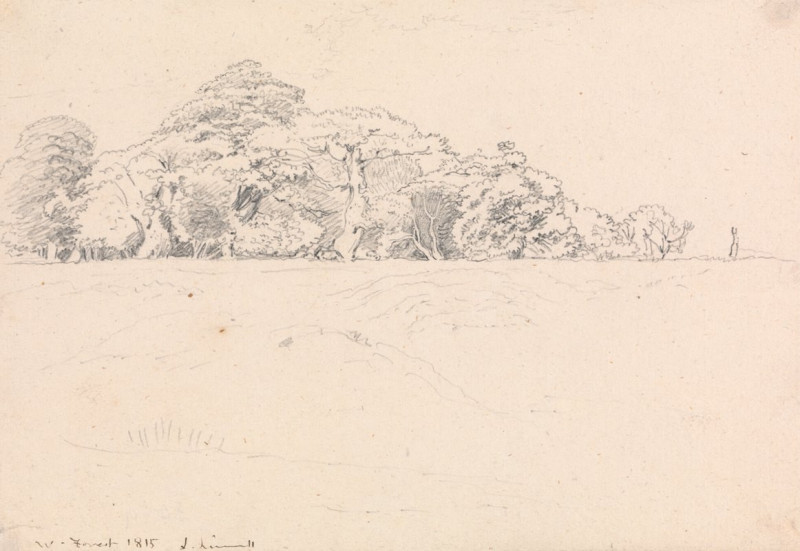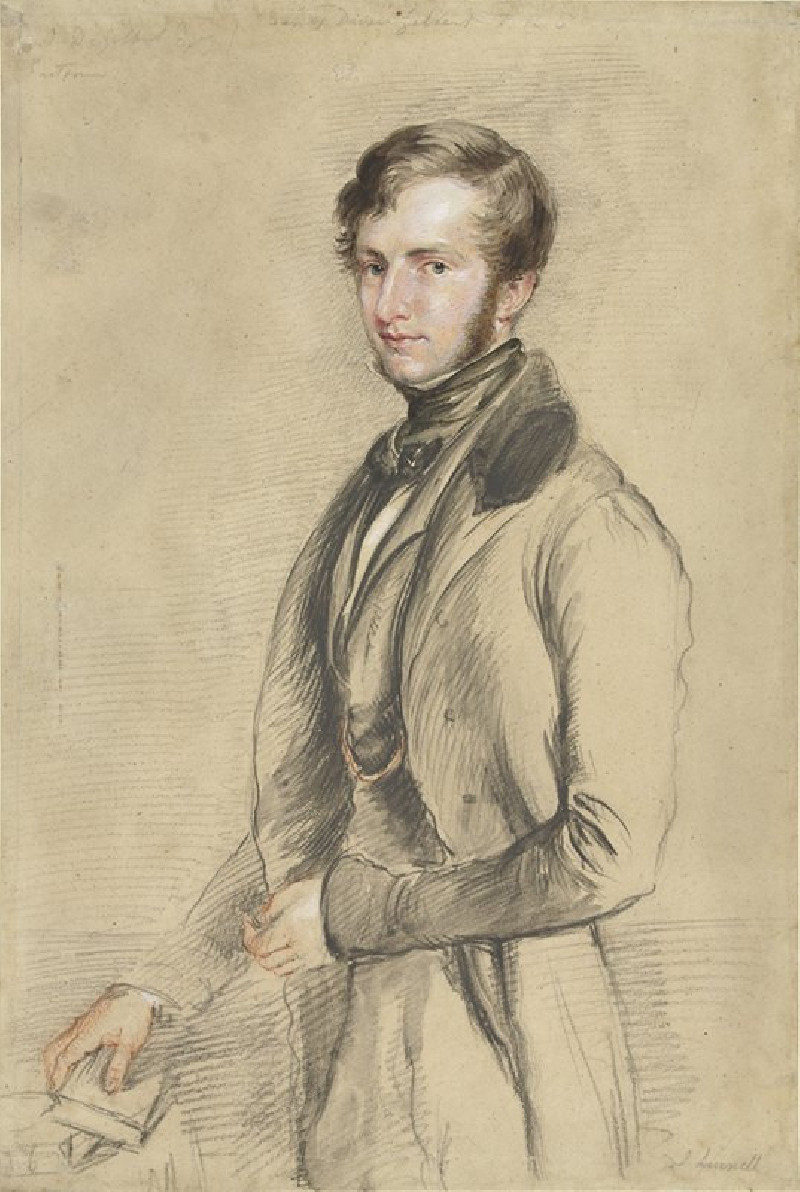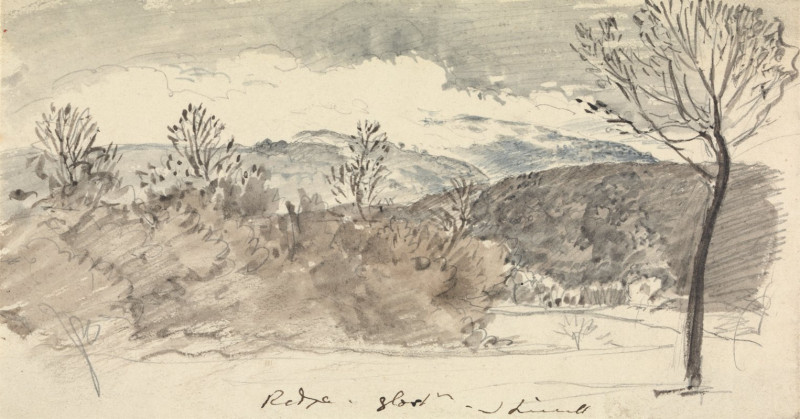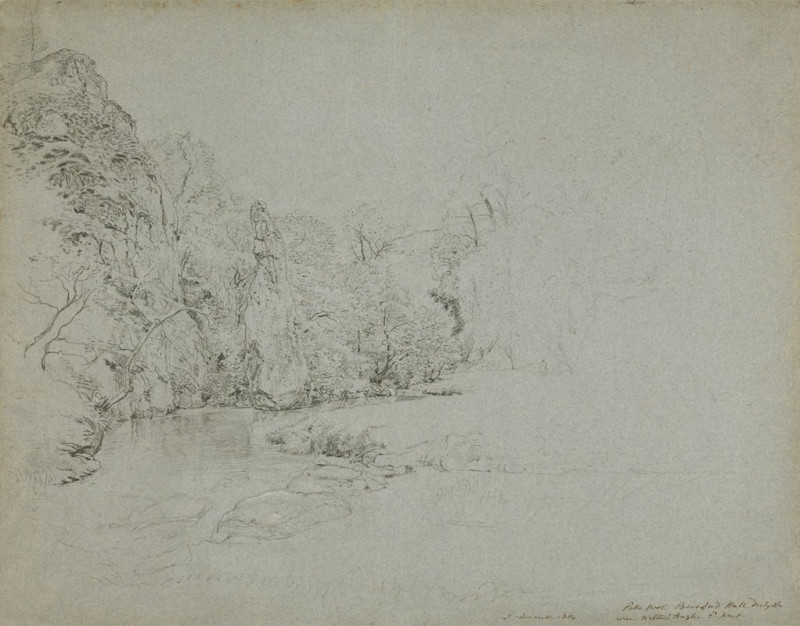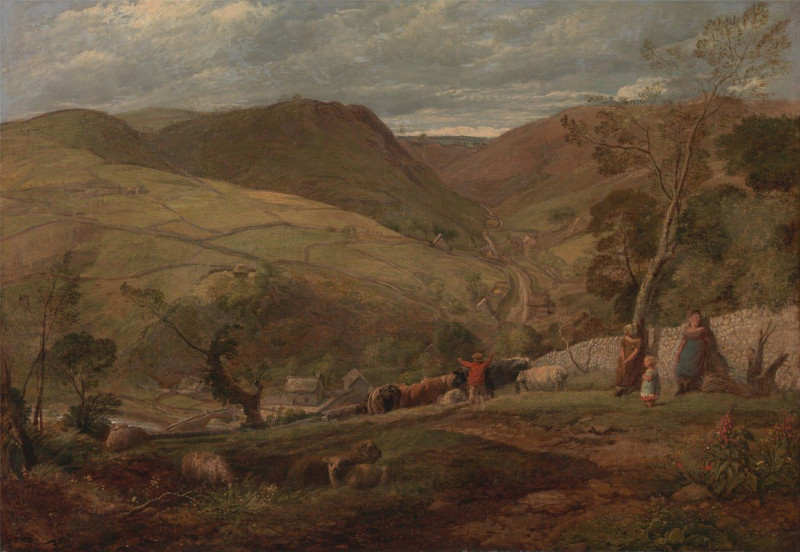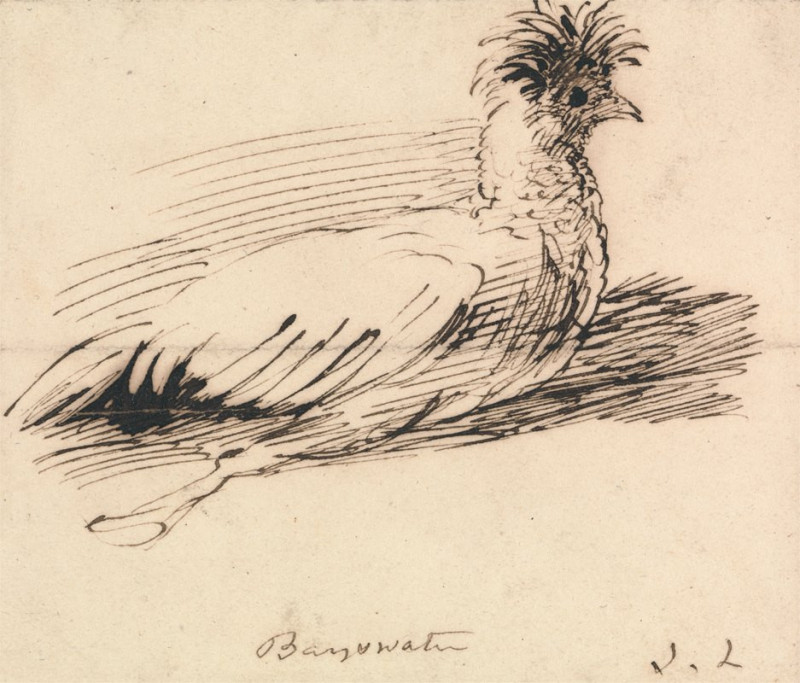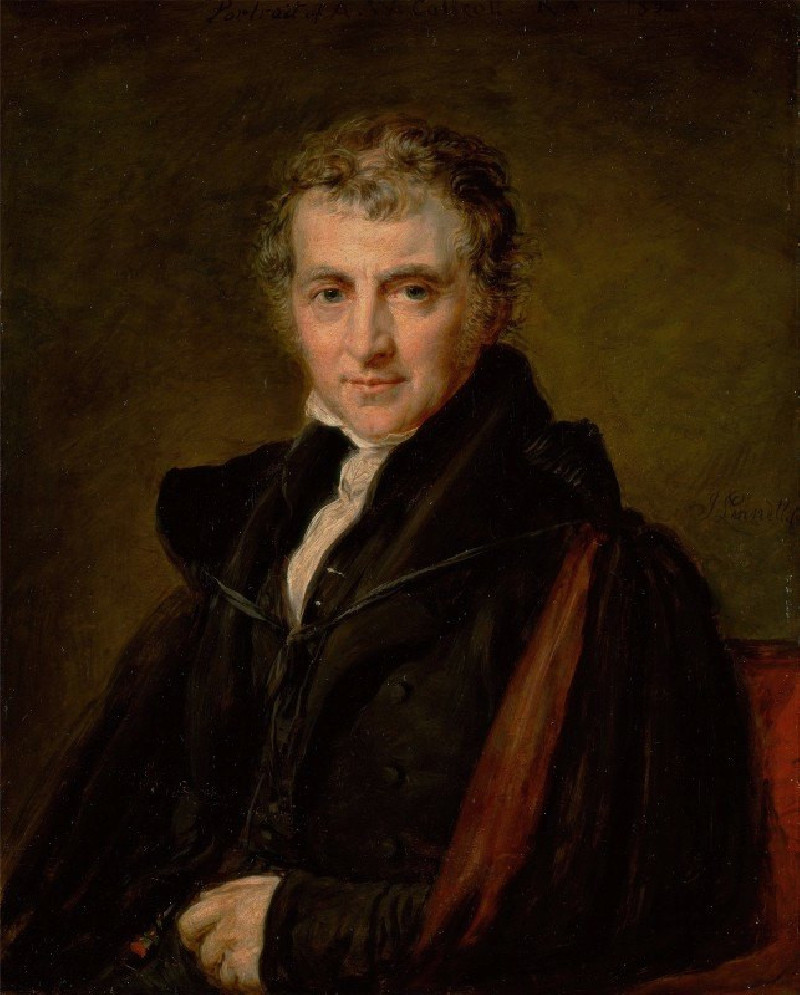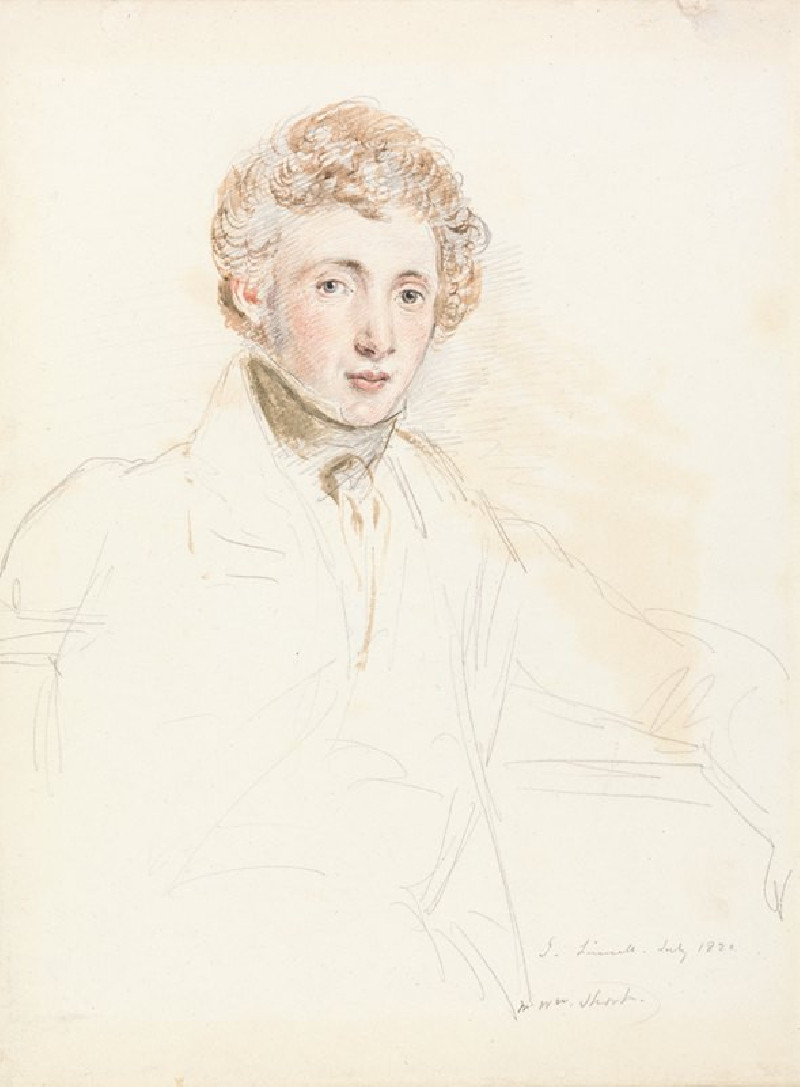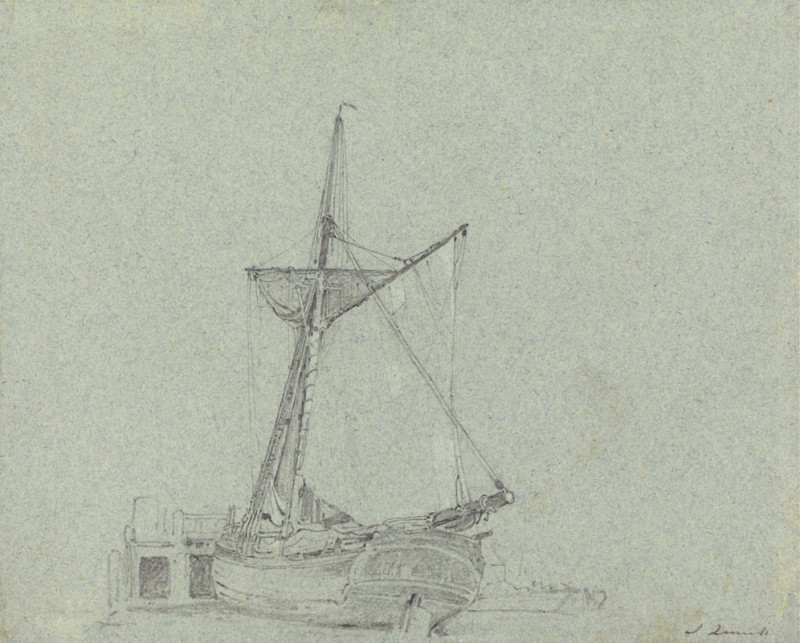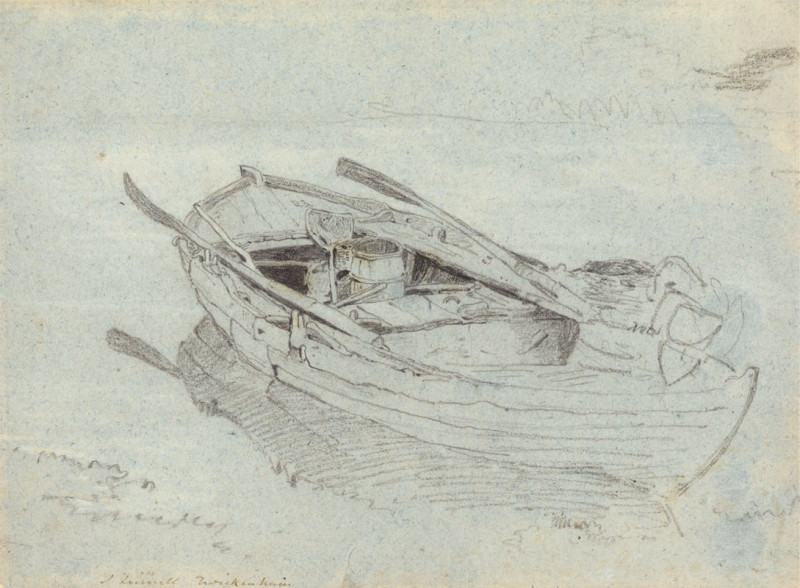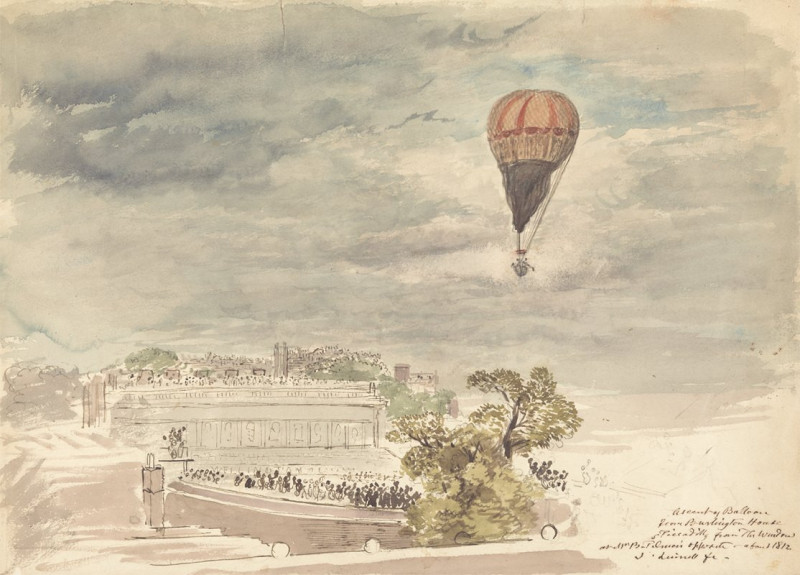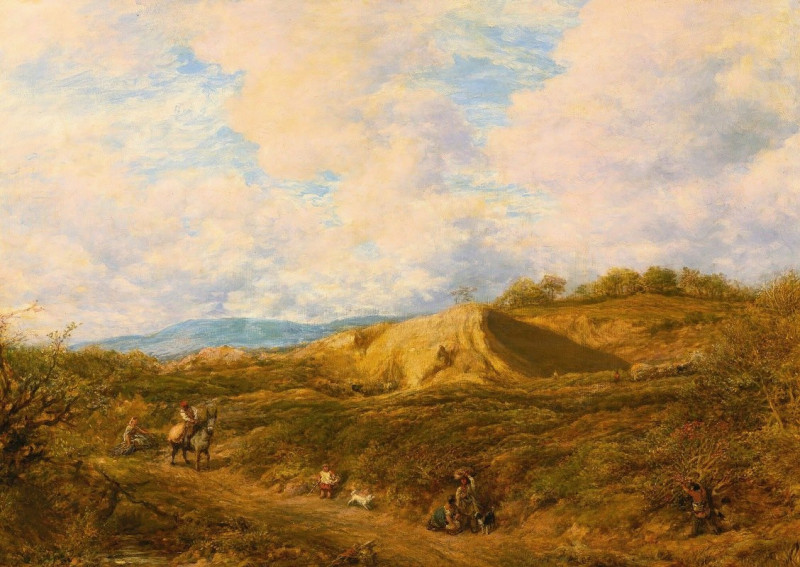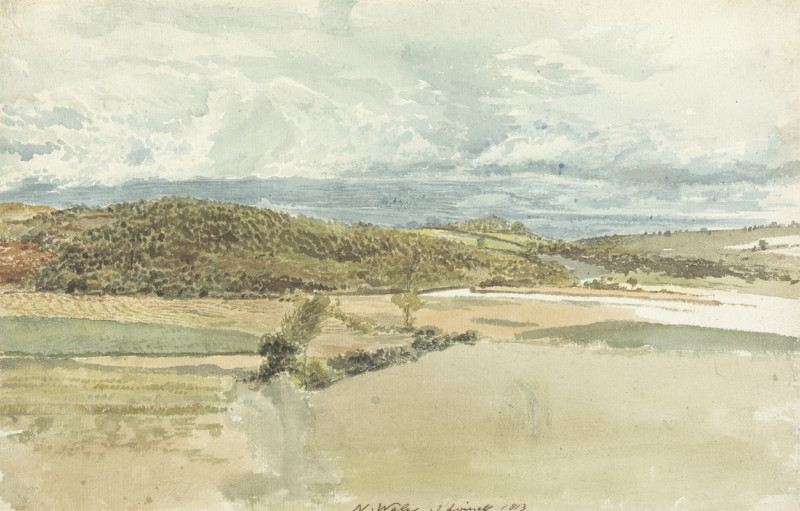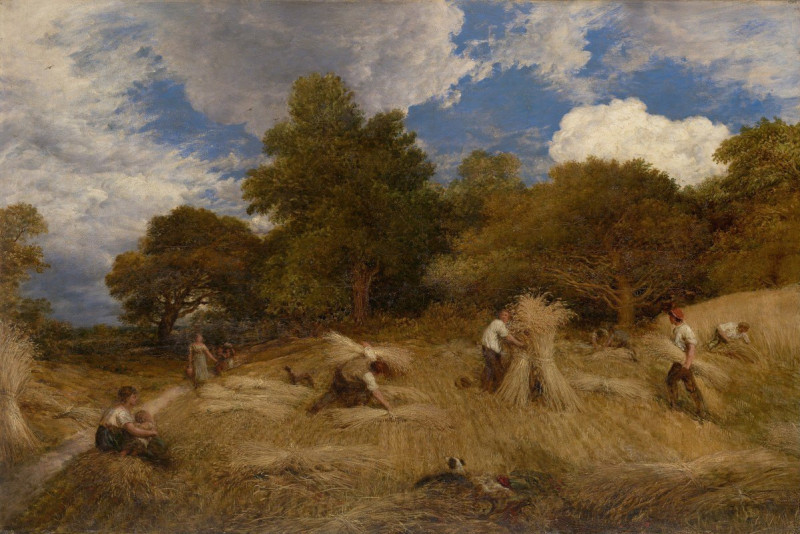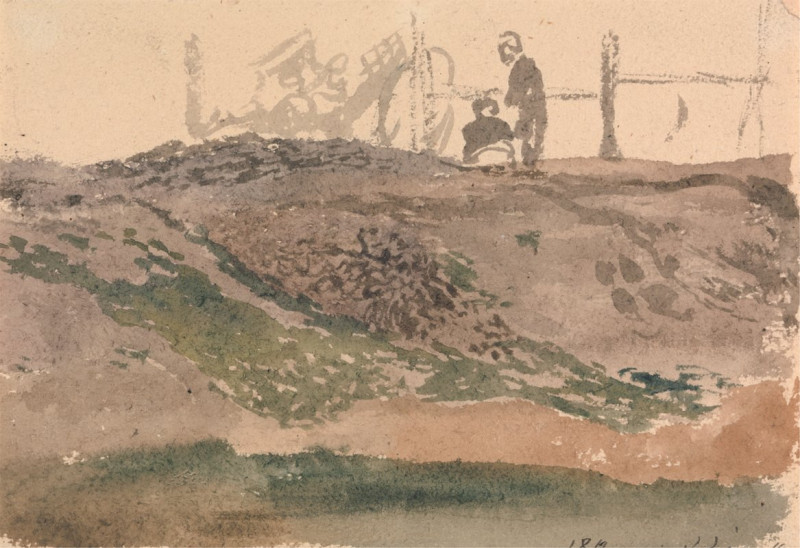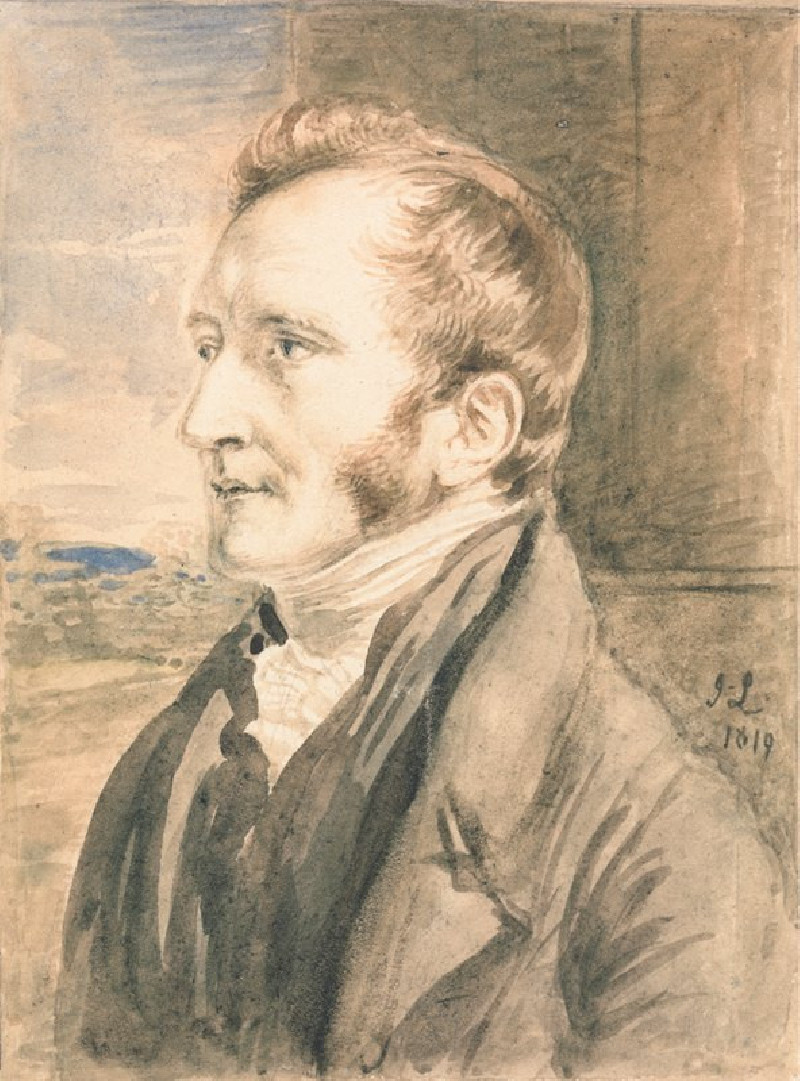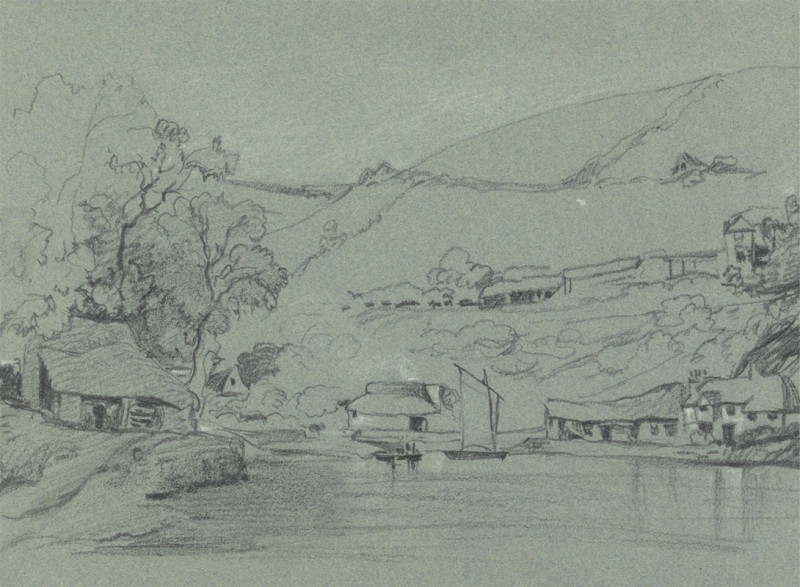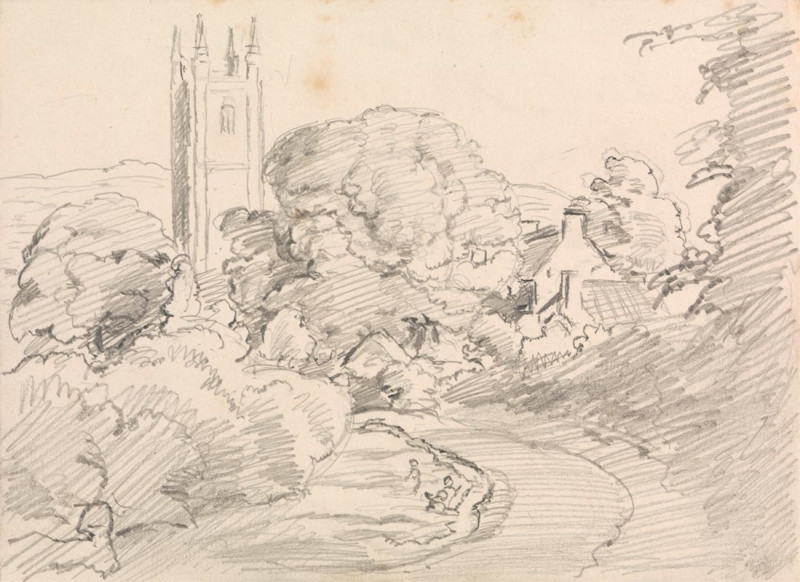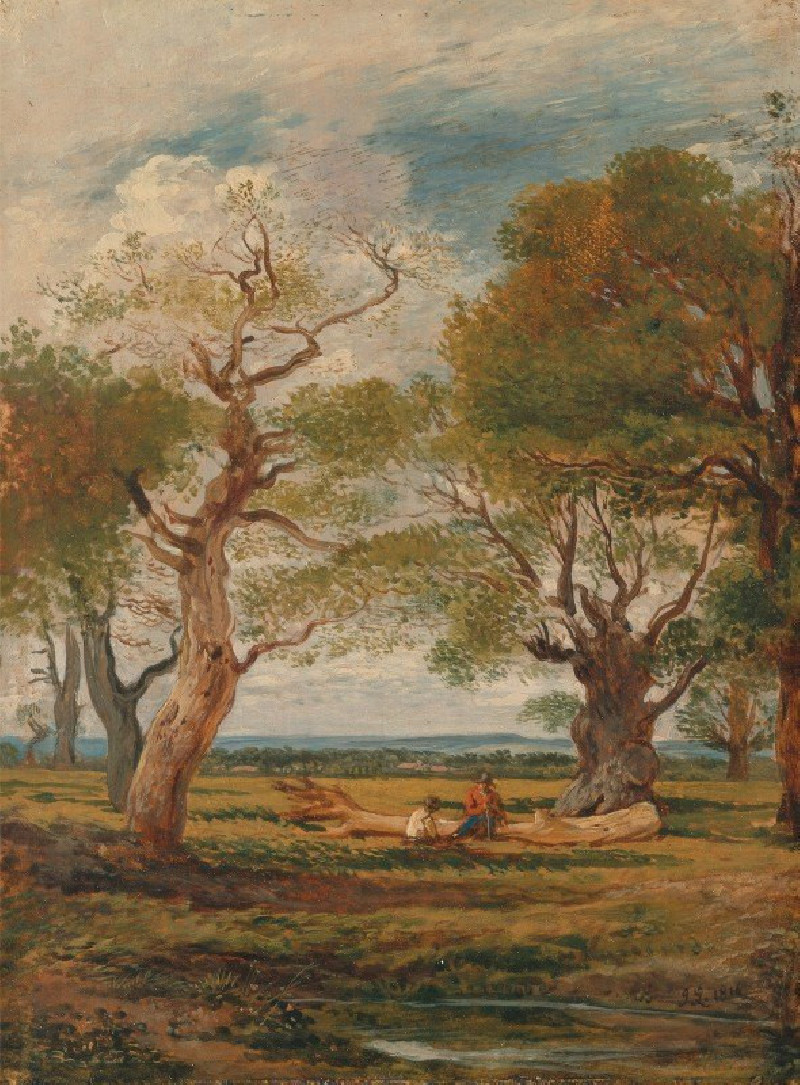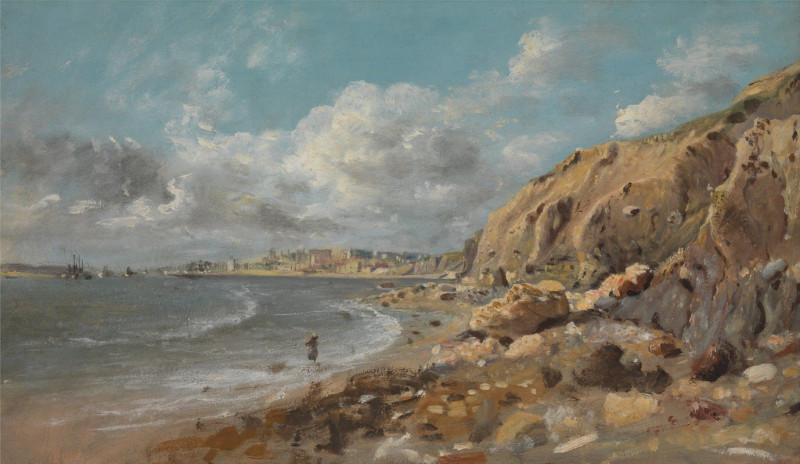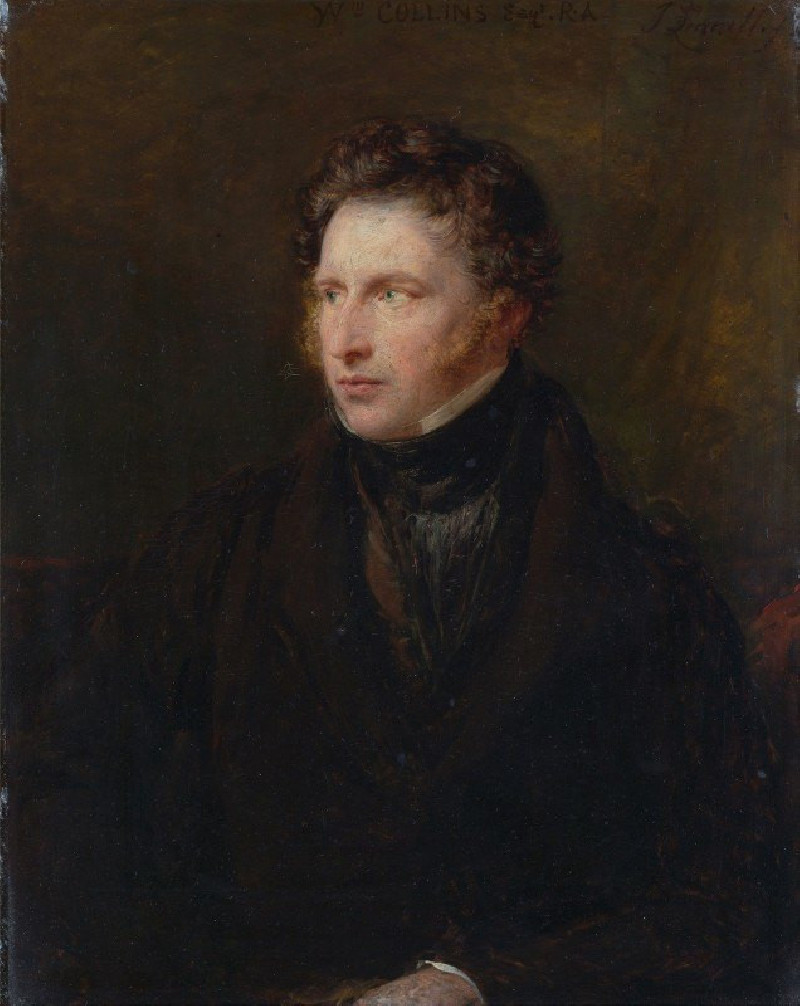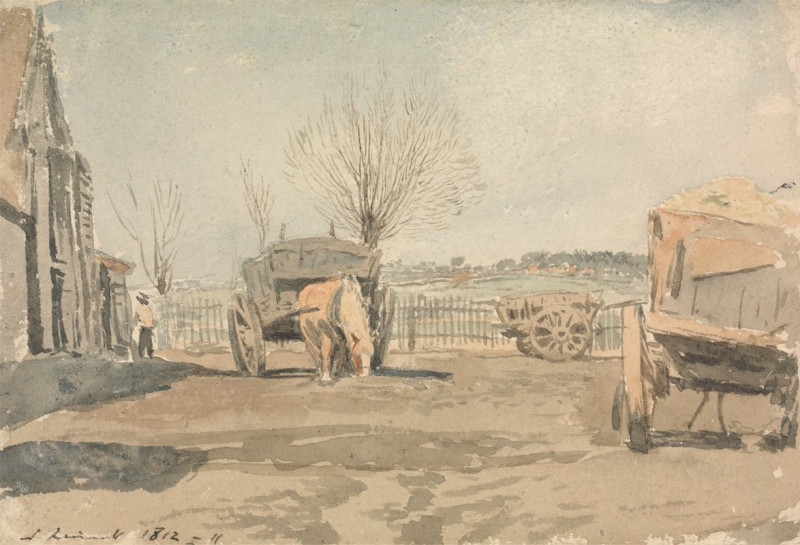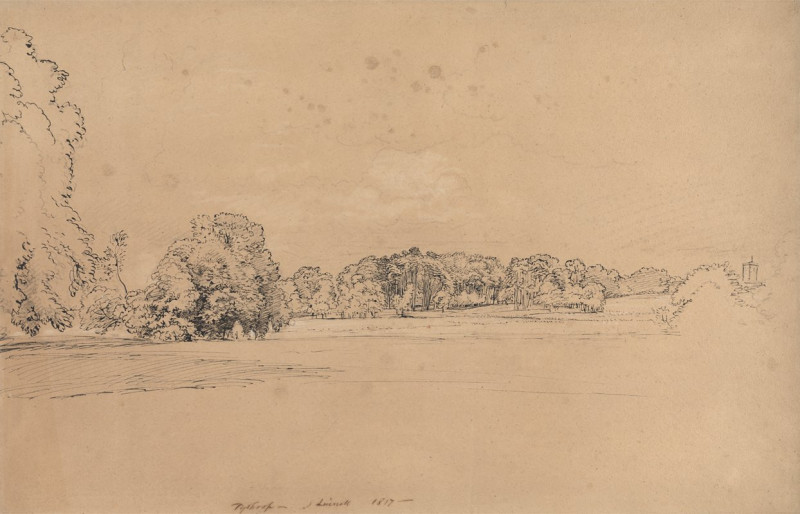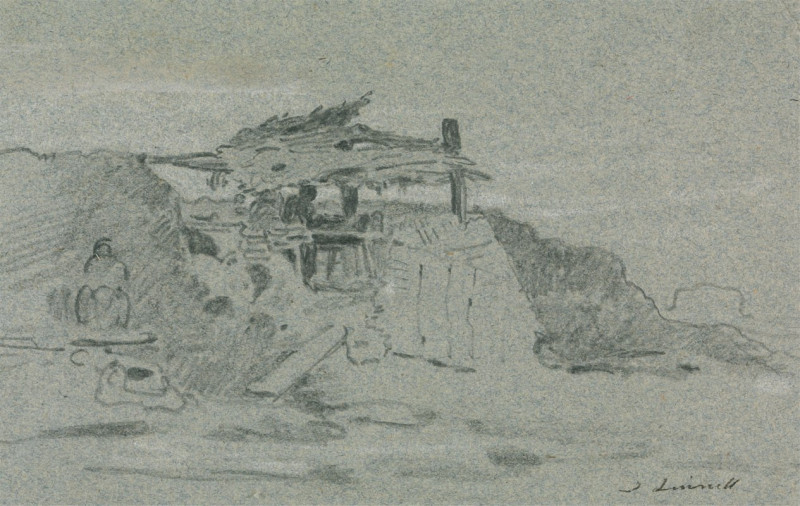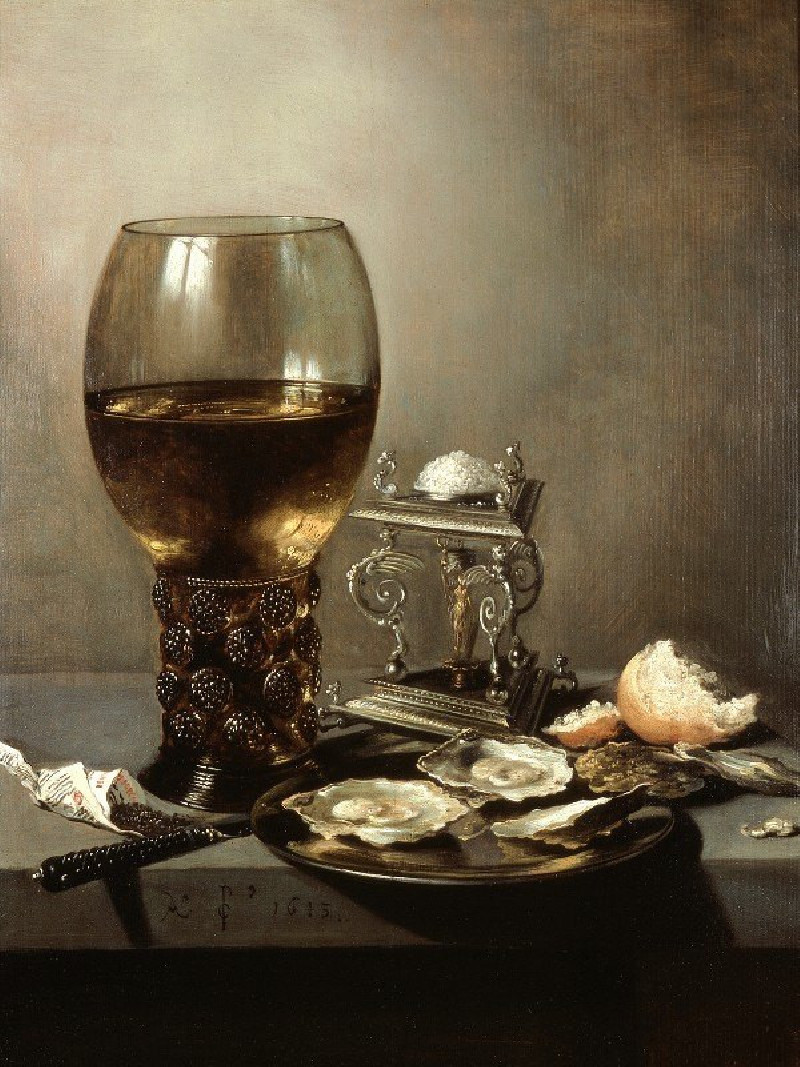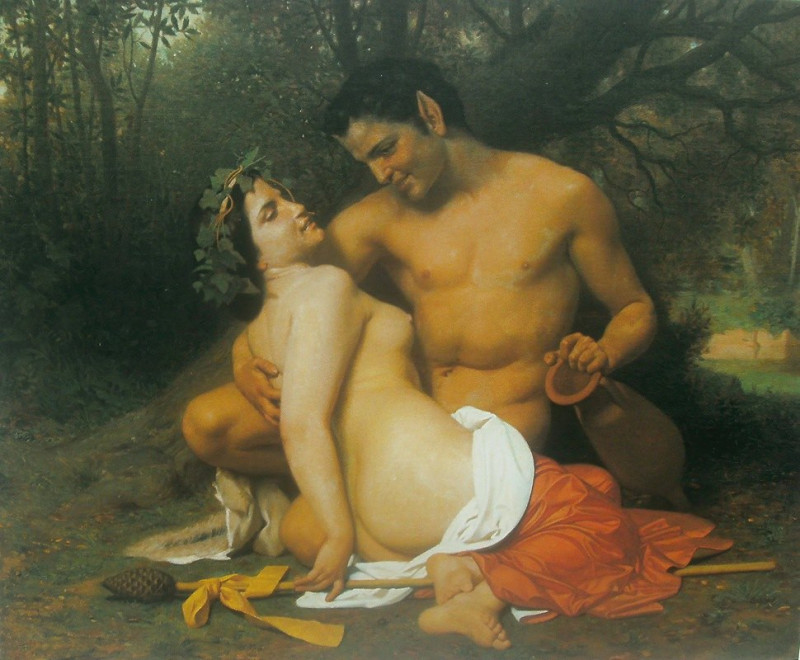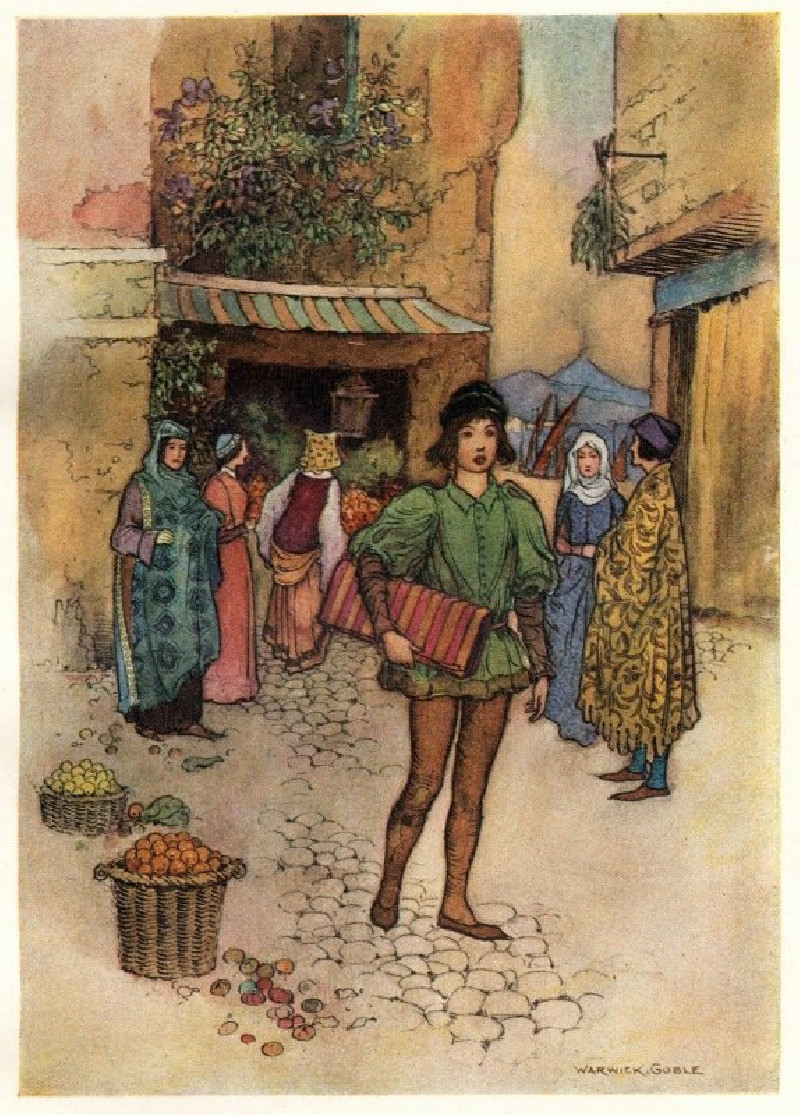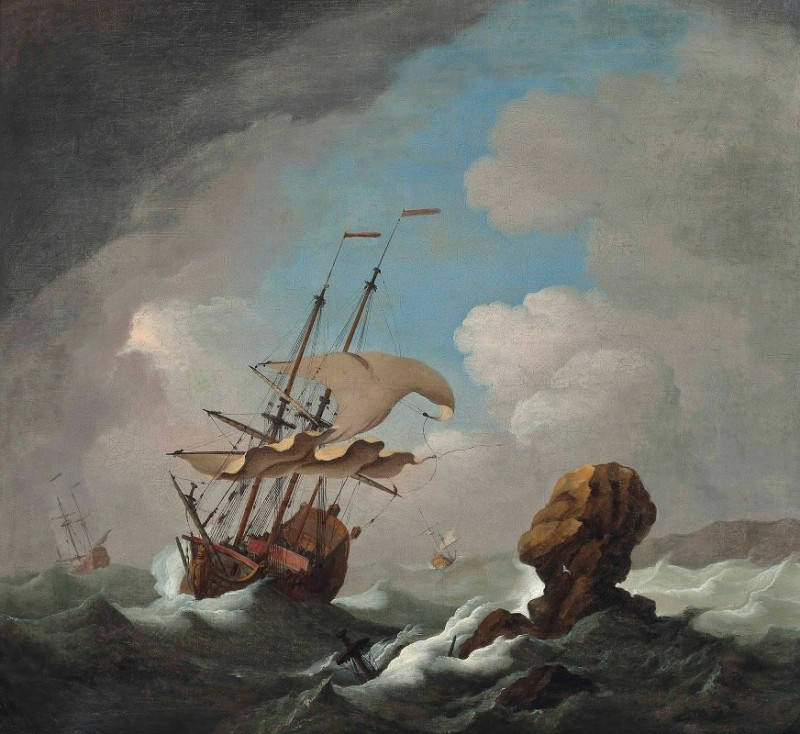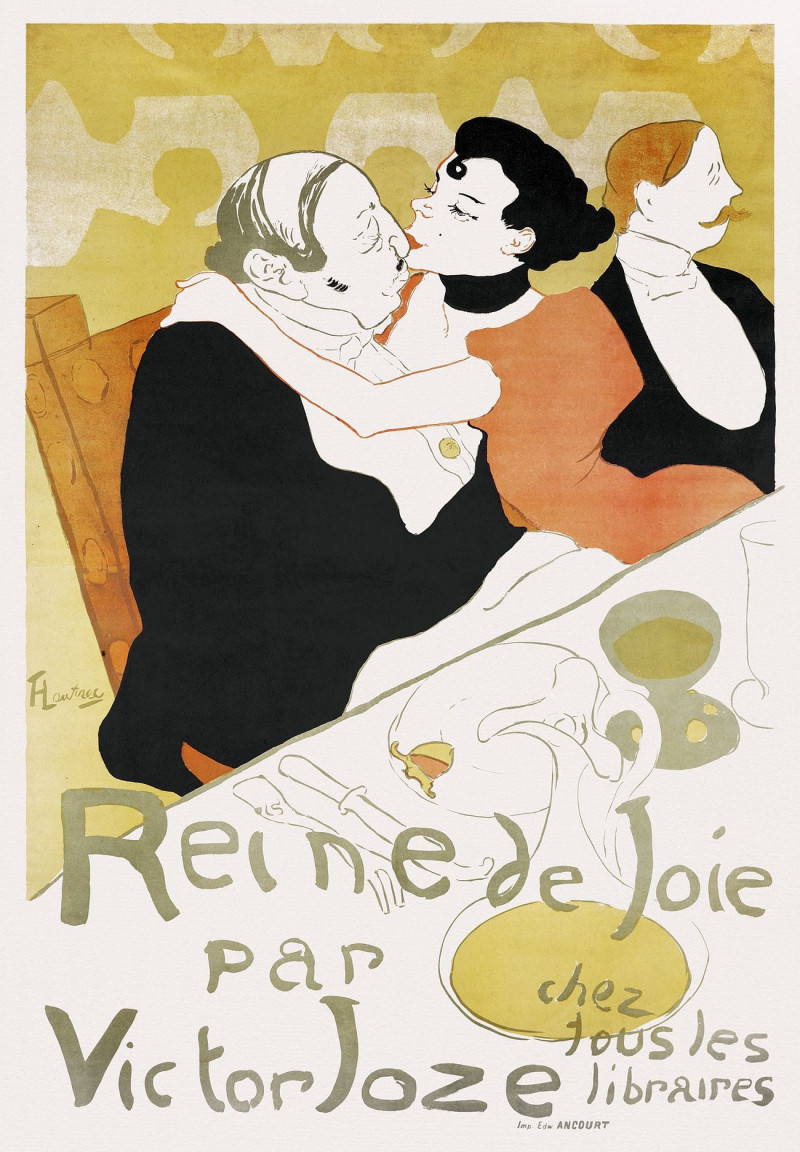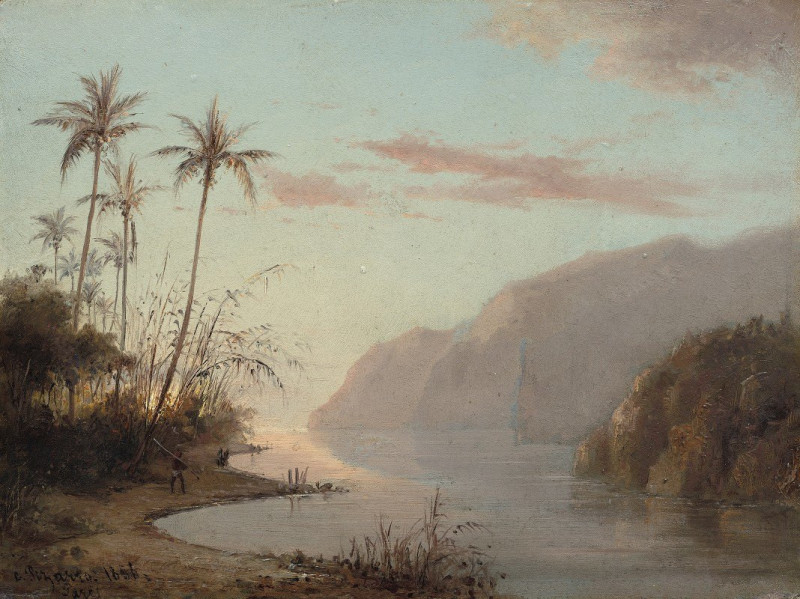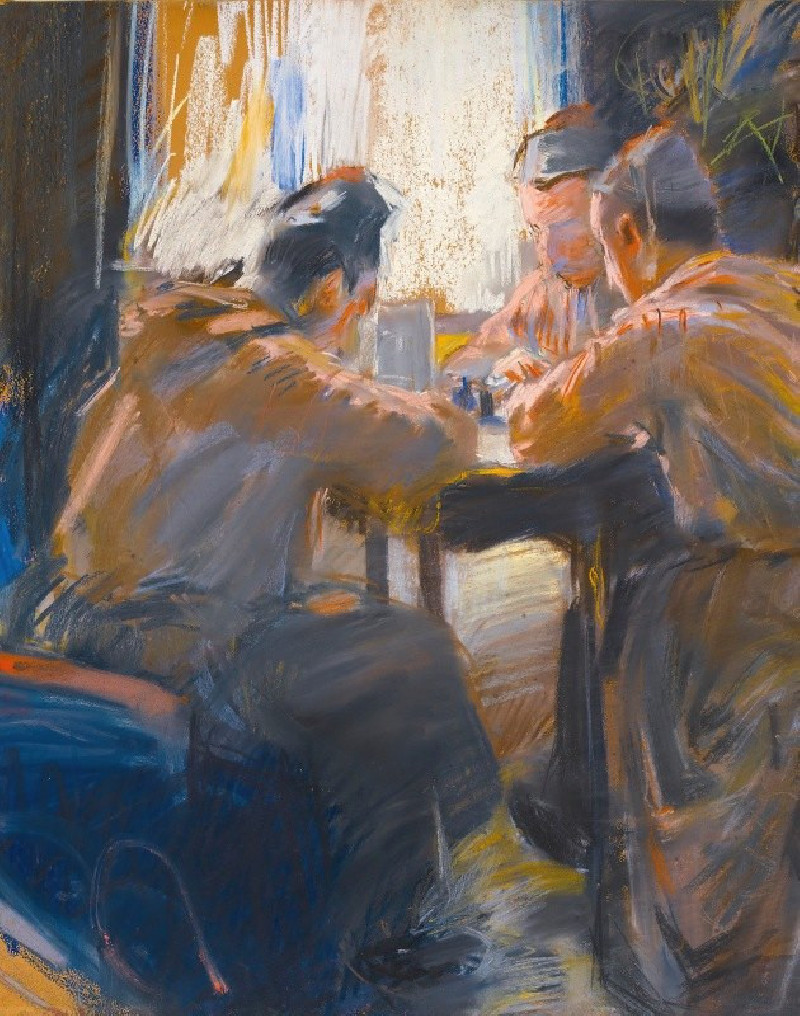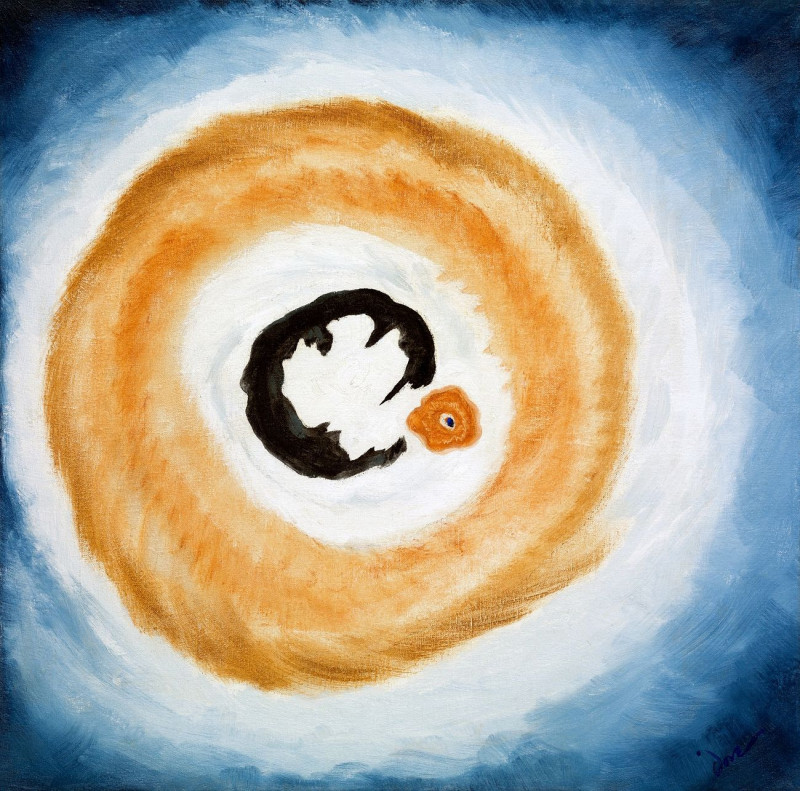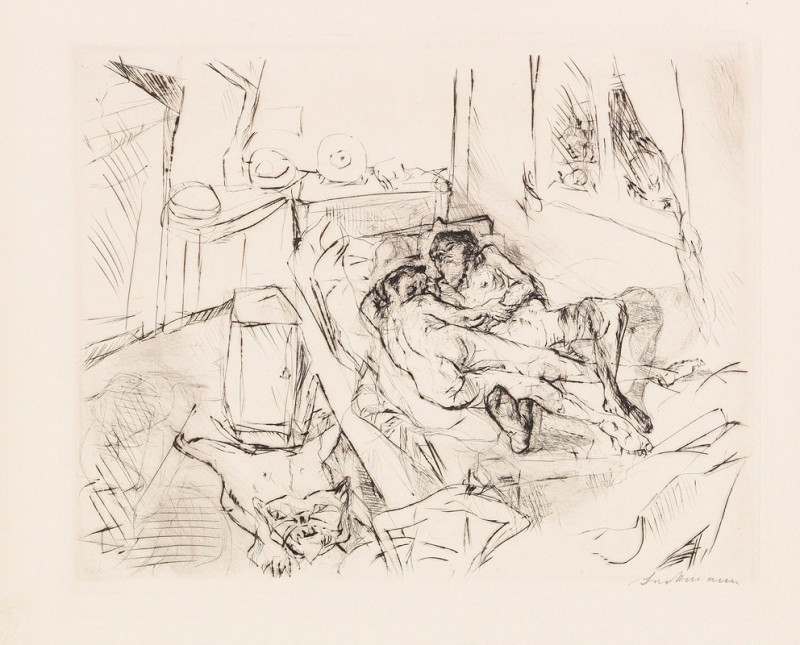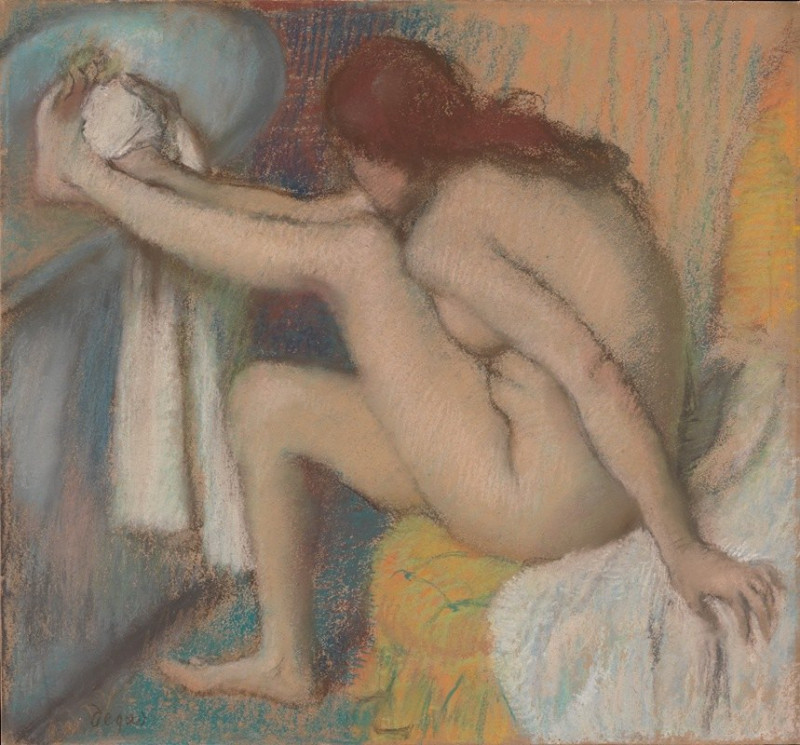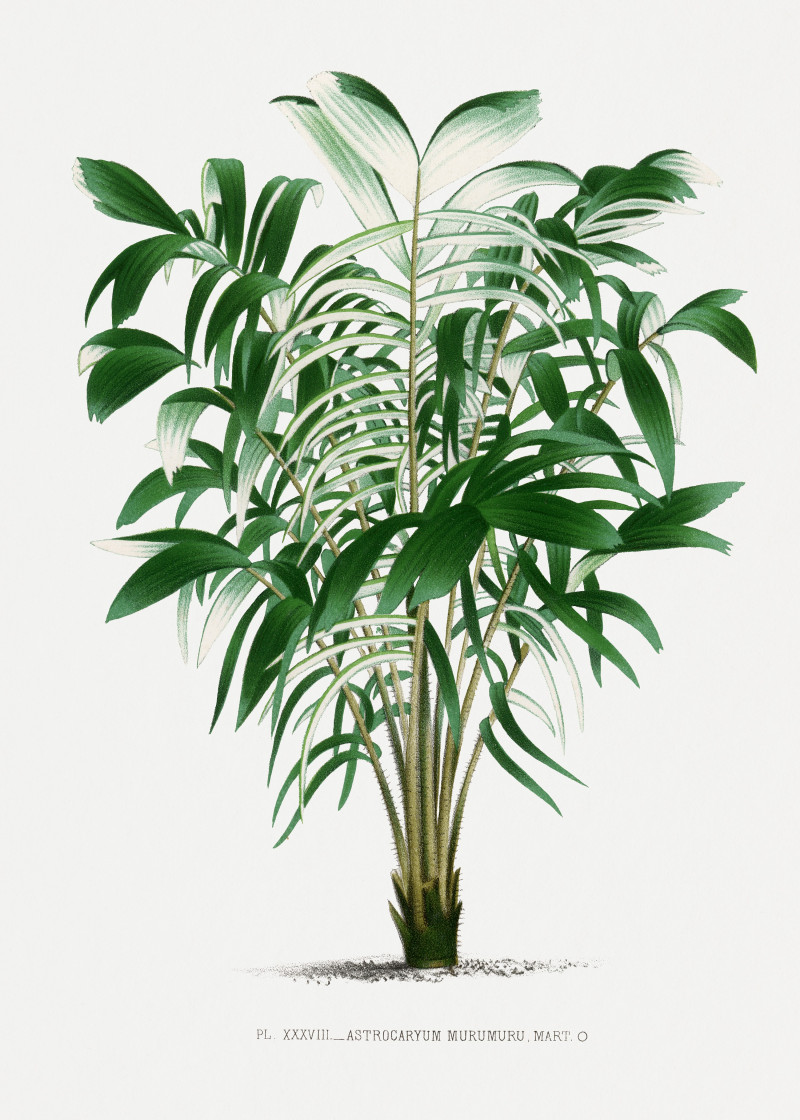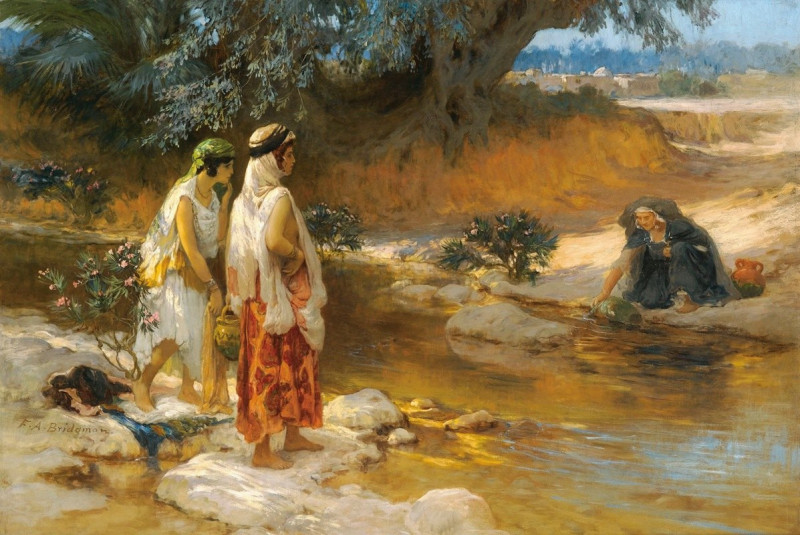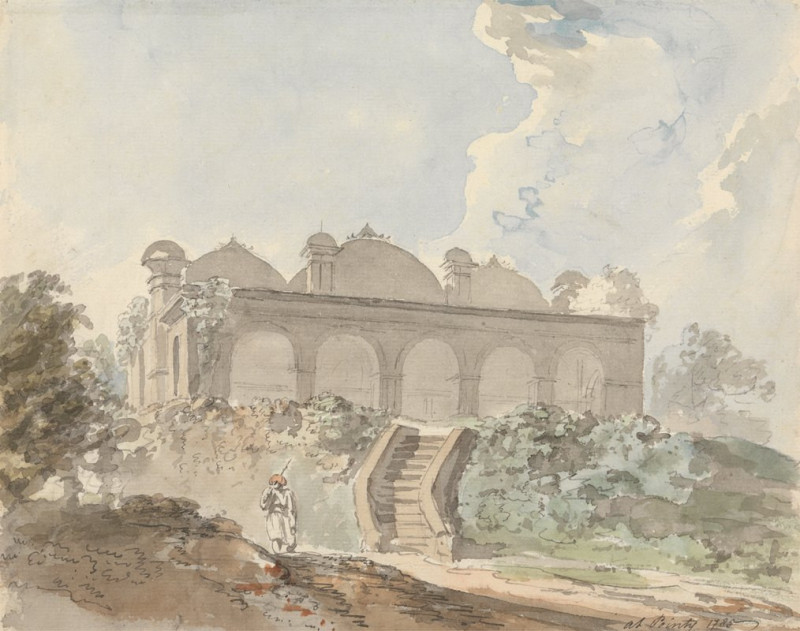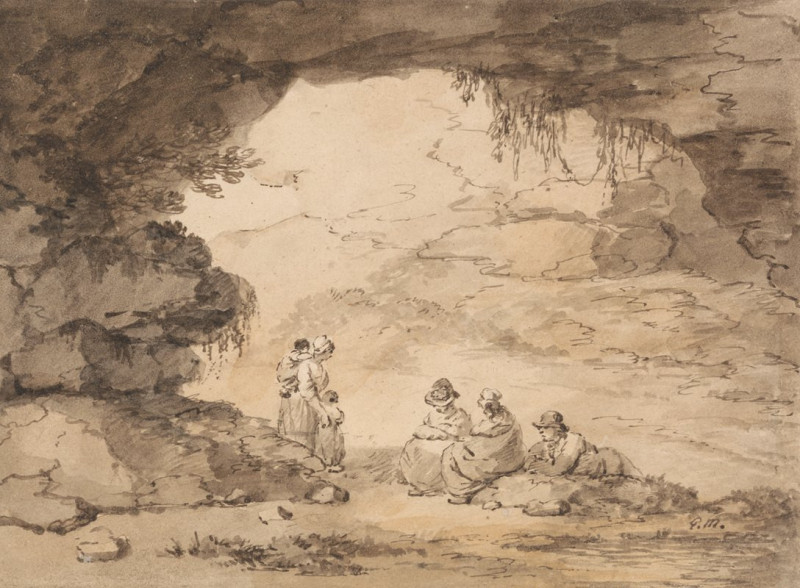Windsor Forest (1815)
Technique: Giclée quality print
Recommended by our customers
More about this artwork
Windsor Forest (1815) is a charming pencil sketch by the esteemed English artist John Linnell, known for his pastoral landscapes that effortlessly capture the raw beauty of the English countryside. The artwork depicts a serene view of Windsor Forest, characterized by densely clustered trees which feature prominently in the scene. The forest is rendered with delicate, fine lines, emphasizing the intricate forms of the trees and the lush foliage.On the right side of the sketch, a single figure stands amidst the scenery, perhaps a traveler or a local resident, lending a human element to the natural landscape. This figure adds a sense of scale and solitude against the vastness of the forest around them. The foreground is marked by gentle, sketchy strokes that suggest grassy terrain, leading the viewer's eye towards the dense trees.This drawing not only showcases Linnell’s skill with the pencil but also reflects his deep appreciation of nature and his ability to evoke a sense of calmness and contemplation through his work.
Delivery
Returns
John Linnell was an English engraver, and portrait and landscape painter. He was a naturalist and a rival to the artist John Constable. He had a taste for Northern European art of the Renaissance, particularly Albrecht Dürer. He also associated with Edward Thomas Daniell, and with William Blake, to whom he introduced the painter and writer Samuel Palmer and others.

